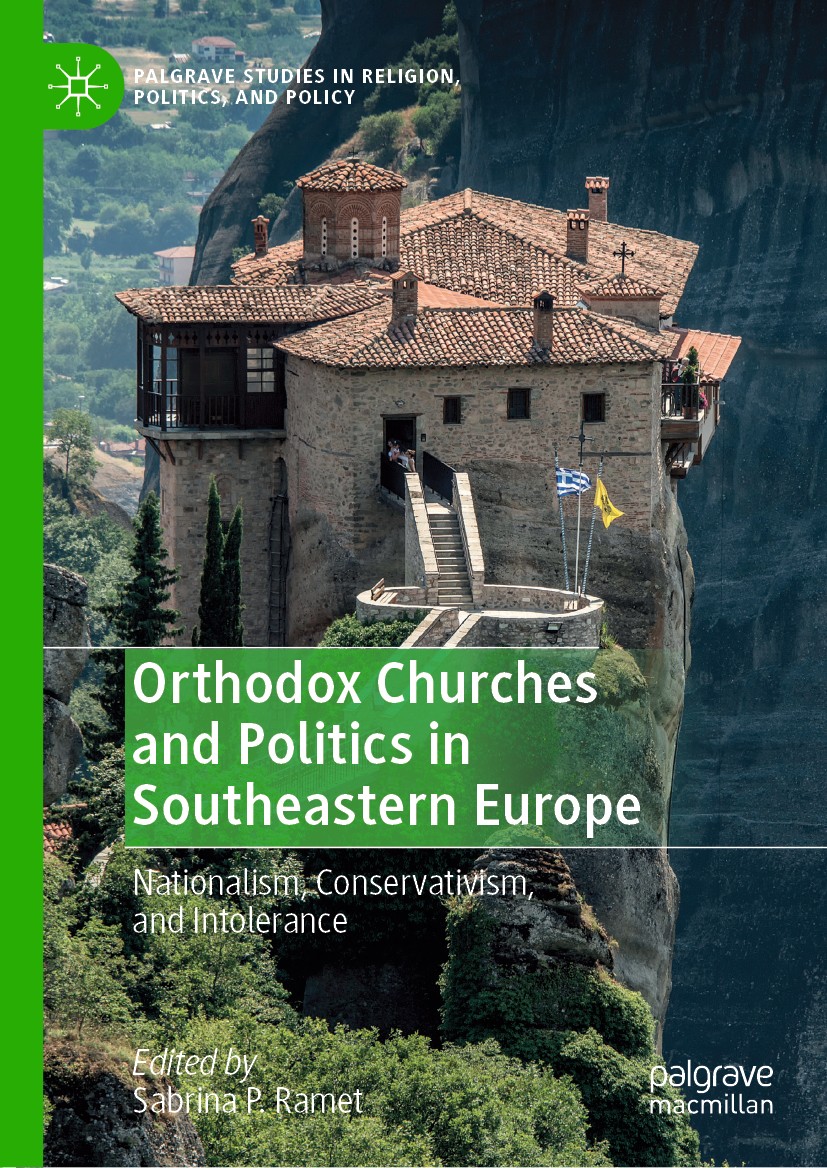| 书目名称 | Orthodox Churches and Politics in Southeastern Europe |
| 副标题 | Nationalism, Conserv |
| 编辑 | Sabrina P. Ramet |
| 视频video | http://file.papertrans.cn/705/704694/704694.mp4 |
| 概述 | Thematically organized around the themes of Nationalism, Conservatism, Homophobia, and Religious Intolerance.Includes a chapter dedicated to the problem of anti-Semitism in Serbia.Based on original pr |
| 丛书名称 | Palgrave Studies in Religion, Politics, and Policy |
| 图书封面 |  |
| 描述 | .Orthodox Churches, like most religious bodies, are inherently political: they seek to defend their core values and must engage in politics to do so, whether by promoting certain legislation or seeking to block other legislation. This volume examines the politics of Orthodox Churches in Southeastern Europe, emphasizing three key modes of resistance to the influence of (Western) liberal values: Nationalism (presenting themselves as protectors of the national being), Conservatism (defending traditional values such as the “traditional family”), and Intolerance (of both non-Orthodox faiths and sexual minorities). The chapters in this volume present case studies of all the Orthodox Churches of the region. . |
| 出版日期 | Book 2019 |
| 关键词 | Christianity; Nationalism; Conservatism; Homophobia; Religious Intolerance; European politics; post-commun |
| 版次 | 1 |
| doi | https://doi.org/10.1007/978-3-030-24139-1 |
| isbn_softcover | 978-3-030-24141-4 |
| isbn_ebook | 978-3-030-24139-1Series ISSN 2731-6769 Series E-ISSN 2731-6777 |
| issn_series | 2731-6769 |
| copyright | The Editor(s) (if applicable) and The Author(s), under exclusive license to Springer Nature Switzerl |
 |Archiver|手机版|小黑屋|
派博传思国际
( 京公网安备110108008328)
GMT+8, 2025-11-12 15:40
|Archiver|手机版|小黑屋|
派博传思国际
( 京公网安备110108008328)
GMT+8, 2025-11-12 15:40


